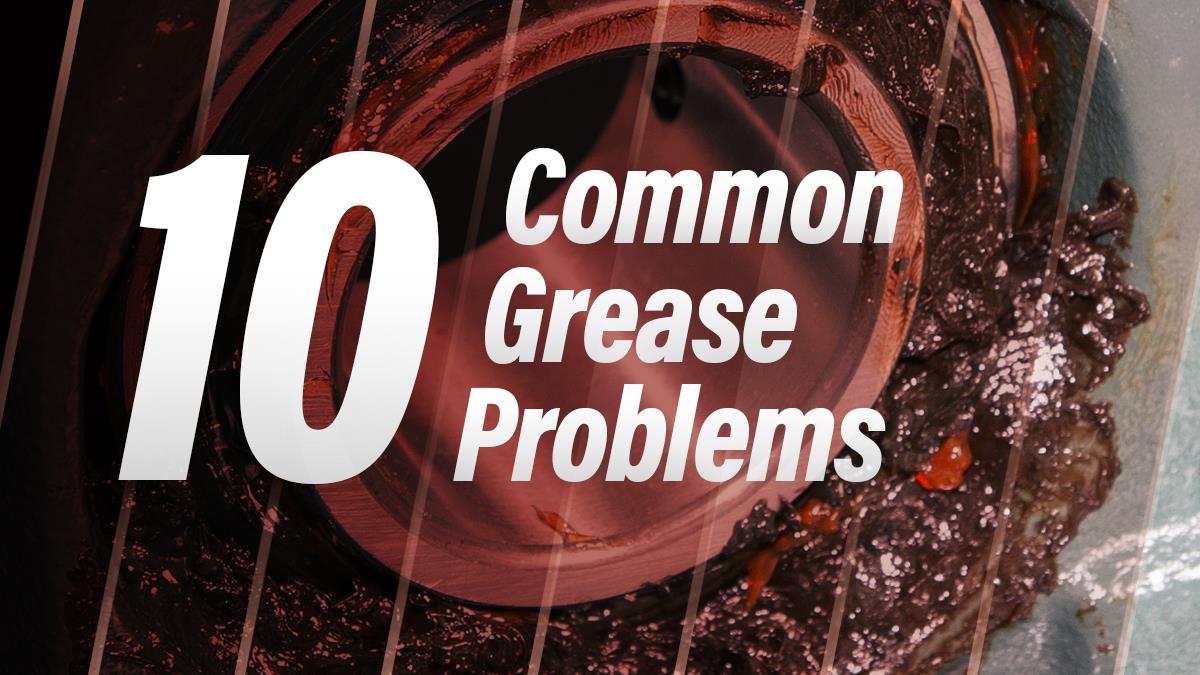
Identifying lubricant problems can be tricky even when dealing with oils — and it gets even tougher with greases. While oil analysis is fairly standard in most industrial settings, in-service grease analysis remains rare and harder to interpret. Grease products often share similar basic data points like NLGI grade and dropping point, but critical details like base oil type, thickener chemistry, and additive content may not even show up on technical data sheets. Physical traits such as viscosity, tackiness, water washout resistance, and spray-off behavior are equally important but often go undocumented.
It’s even harder once the grease is in service. Grease analysis options exist — like ASTM D7918 (Standard Test Method for Measurement of Flow Properties and Evaluation of Wear, Contaminants, and Oxidative Properties of Lubricating Grease by Die Extrusion Method and Preparation) or specialized wear debris testing — but they aren’t widely used. Since grease operates mostly out of sight, inside bearings and housings, it’s easy for issues to sneak up unnoticed until there is a major failure. Proactive grease sampling and monitoring should be part of a good preventive maintenance (PM) program, but it’s still the exception rather than the rule.
Changing grease isn’t something you want to take lightly. Before you swap products, it’s critical to understand what’s happening in your system. A few examples where trouble can start include:
- Mixing greases unintentionally because someone grabbed the wrong grease gun.
- Equipment speeds increasing due to operational changes without evaluating if the grease can keep up.
- Rising operating temperatures stressing the grease beyond its rated limits.
- Storage conditions changing — hotter warehouses or outdoor locations causing grease degradation.
Most grease performance problems don’t boil down to chemistry alone — handling, application methods, and operating conditions play huge roles too. Let’s walk through some of the most common grease issues and how you can fix (or better yet, prevent) them.

1: Oil Bleeding Out of Grease
If you see oil leaking out of a grease — either during service or storage — that’s called bleeding. Heat, vibration, or simple gravity can cause the oil to separate from the thickener structure.
Solution: Switch to a grease with a more stable thickener. For instance, upgrading from a basic lithium grease to a lithium complex or even a calcium sulfonate complex grease will usually improve mechanical stability and reduce bleeding.
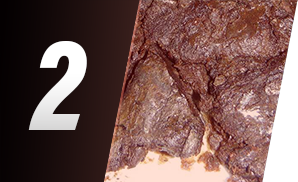
2: Grease Caking Up
Grease that dries up or forms a hard cake is often suffering from excessive oil separation, evaporation, or compatibility problems between thickeners. It can also be caused by overgreasing sealed housings.
Solution: Try a grease formulated with a synthetic base oil, which resists evaporation better than mineral oils. You might also need to adjust your PM intervals — shortening purging cycles for open systems or lengthening intervals for sealed ones.
Alert: Beware of Grease Compatibility Problems!
Mixing incompatible greases can either have no noticeable effect (best case), cause the grease to turn into a runny mess and leak, or harden into a crusty, rock-like material. The biggest culprit behind incompatibility is thickener chemistry, but base oil and additive incompatibility can also play a role.
If you’re unsure whether two greases are compatible, it’s safest to assume they aren’t. Always purge old grease as much as possible and monitor equipment temperatures closely after any changeover. Even products using the same thickener family (like lithium complex to lithium complex) can behave differently depending on formulation.
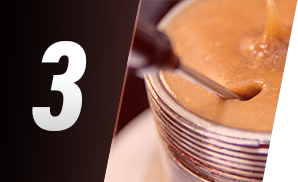
3: Grease Won’t Flow Through a Centralized System
Grease that’s too cold, too thick, or too tacky may clog lines or never reach critical components. Ideally, centralized systems need a softer grease — think NLGI 0 or NLGI 1 — with minimal tackifiers. You can also review data sheets to determine if any pumpability tests were performed to provide insight on the ability of the grease to flow through lines.
Solution: Inspect storage containers for oil pooling, indicating separation. If needed, move to a lower-NLGI-grade grease or one with a lighter base oil viscosity. Always match the product to your system’s design specifications.
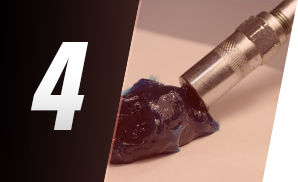
4: Other Dispensing Problems
Cold or improperly stored grease can cause air pockets in tubes and poor flow from bins or drums. Not using follower plates in drums can lead to wasted product, too.
Solution: Use newer grease cartridges with notched seals to prevent air lock. If you’re using steel totes or large drums, ensure they have proper follower plates and incentivize your team to aim for at least 98% product usage.
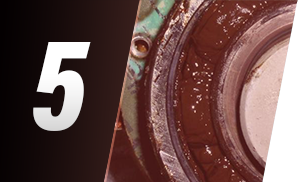
5: Grease Fails or Runs Out Prematurely
When grease breaks down too fast, the root causes often include heat, bearing speed, mechanical impact, or chemical contamination.
Solution: Lower the operating temperature if possible, improve contamination control, and select greases with higher viscosity base oils, more tackifiers, or a higher NLGI grade for better mechanical stability.

6: Premature Bearing Wear
Bearings wearing out too early can result from mechanical issues like overloading, misalignment, incorrect sizing, or poor lubrication practices — including using grease with too low a base oil viscosity or lacking extreme pressure (EP) additives.
Solution: Conduct a full failure investigation. Examine loading, alignment, grease selection, and relubrication practices before jumping to conclusions. It’s often a combination of factors, not a single cause.
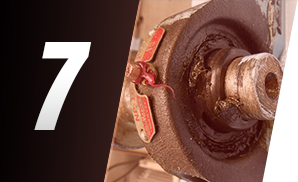
7: Grease Washing Out with Water
Water washout is a common headache for shielded bearings or equipment exposed to washdowns, rain, or process water.
Solution: Upgrade to a grease designed for wet conditions. Calcium sulfonate greases offer excellent water resistance, followed by calcium complex and aluminum complex types. Lithium complex greases are decent but may struggle in very wet environments. Always look for “hydrolytically stable” formulations.
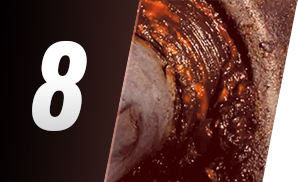
8: Grease Turns Dark or Black
Grease that darkens often signals oxidation, bearing debris contamination, or overheating. In extreme cases, stray voltage or electrostatic discharge inside the bearing can cause arcing damage, visible as fluting or pitting.
Solution: Do a sniff test for burnt smells, check machinery grounding, and inspect bearings for arcing marks. If needed, send a sample to a lab for contaminant analysis.
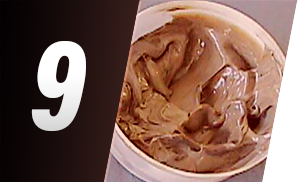
9: Grease Turns Milky
If grease turns milky, water contamination is usually the culprit. Some thickeners naturally absorb water, while others resist it better. Mild contamination doesn’t always ruin grease, but it will usually shorten its service life.
Solution: Eliminate the water source. Choose a grease that either sheds water well — like an aluminum complex with polymer additives — or emulsifies it effectively, like a calcium sulfonate grease.
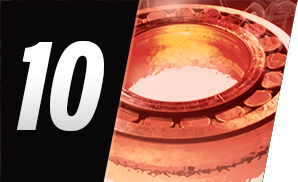
10: Bearings Overheat
One of the most common causes of bearing overheating is simply overgreasing. Excess grease increases internal pressure, destroys bearing seals, and leads to higher operating temperatures. Lubricant starvation, though less common, can also cause overheating.
Solution: Add small amounts of grease at a time and monitor temperature changes. If temperatures drop, increase the greasing frequency slightly. If they rise, purge excess grease and reduce the fill amount. High-speed bearings may need a grease with a lower base oil viscosity.
Bonus Problem: Oil Pools in Storage
A little oil pooling in a grease drum or keg is normal — especially after transportation or heat cycling. But excessive oil separation can signal trouble.
Solution: If bleed is minimal (up to about ¼ inch), simply stir the oil back in. However, if the grease looks heavily separated or runny, discard it.
Final Thoughts
Grease problems can be frustrating because so much happens out of sight, deep inside the machine. But by paying attention to small warning signs — like temperature changes, grease consistency, color, or leakage — you can catch issues early.
Always work with your lubricant supplier and OEM to select the right grease for your application. Before switching products, verify compatibility with a controlled trial and monitor performance closely. Sometimes a heavier grease or higher-viscosity oil can mask underlying mechanical problems, but unless you fix the root cause, failures will come back.
Remember: in lubrication, what you don’t see can hurt you.


.jpeg)

